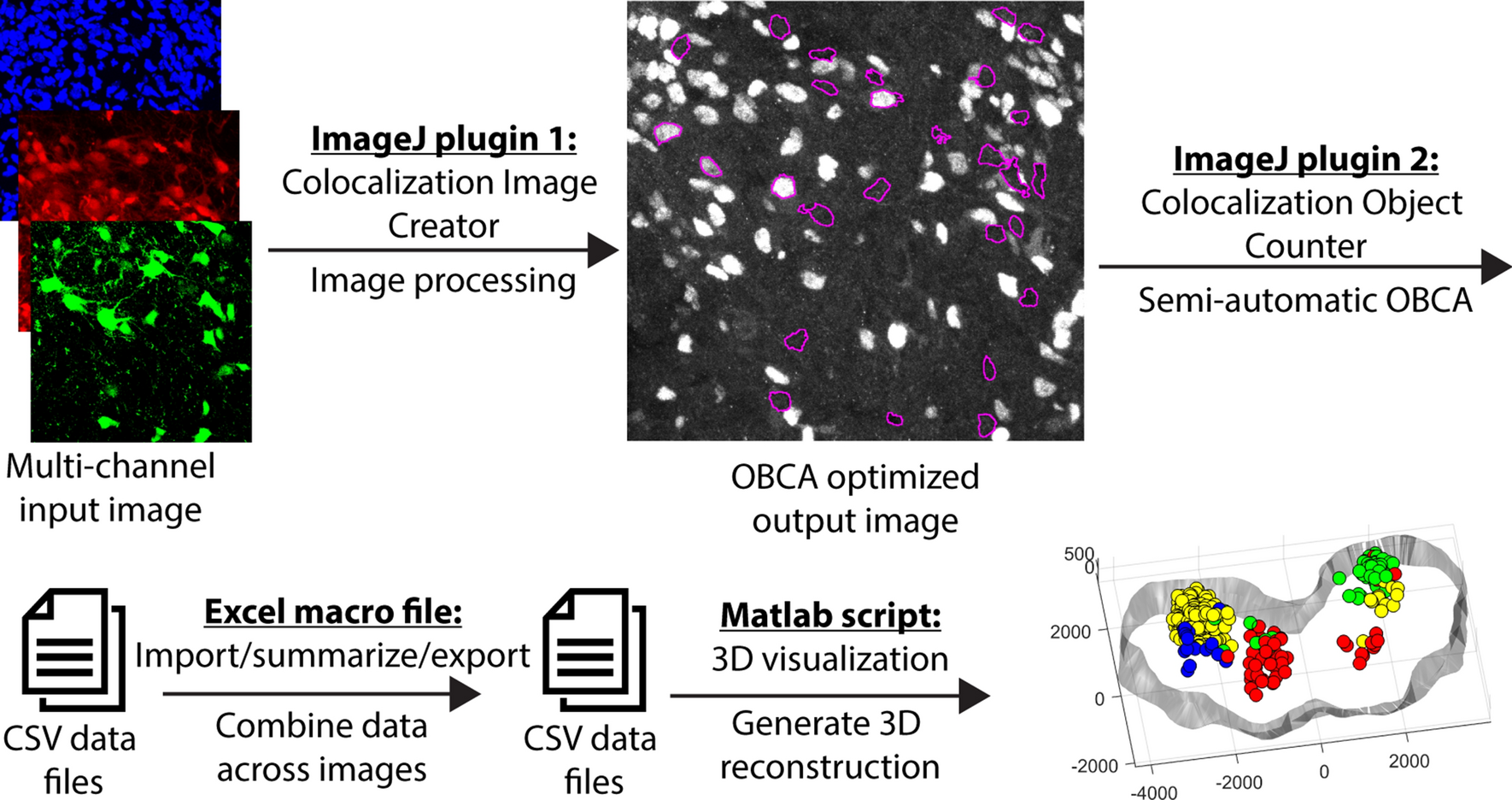



To perform statistical comparisons, samples from various developmental periods were grouped (periods 4–6, 7–10 and 11–14) and a two-tailed Student’s t-test was used to compare gene expression levels between brain regions and species. Predicted ages for macaque samples were calculated via the TranscriptomeAge algorithm described previously 19. Information is provided in Supplementary Table 3. Association with SCZ was based on a total score of 3 or higher on. Association with RA signalling was defined both by dysregulation in the PD 0 Rarb and Rxrg double-knockout frontal cortex RNA-sequencing dataset and by literature review identifying association with RA signalling. Frontal lobe, PFC and M1C upregulated genes were characterized for association with RA signalling, autism spectrum disorder (ASD) and schizophrenia (SCZ) using the following criteria. Significant GO terms were obtained with the goana function from the limma package in R, reporting the ones with at least 10 genes in the background and at least 5 in the dataset. Principal component analyses were performed using the prcomp function in R by centring the log 2-transformed expression data of the selected genes. A gene was considered to be upregulated in M1C if (1) it is overexpressed in MOp in at least three of the comparisons (2) it is not upregulated in any PFC area and (3) it is under-expressed in a prefrontal area in at least one of the comparisons. Then, a gene was considered to be upregulated in PFC if (1) it is upregulated in a prefrontal area in at least one of the comparisons (2) it is not upregulated in M1C in any of the comparisons and (3) it is under-expressed in M1C in at least three of the comparisons. Similarly, we identified genes that are specifically upregulated in the PFC compared to the M1C, or vice versa, by first running RNentropy pairwise comparisons between M1C and each of the prefrontal areas independently. Then, we considered a gene to be specifically overexpressed in a given lobe if (1) there is at least one area in this lobe where the gene is significantly upregulated (2) the gene is not upregulated in any area of the other lobes and (3) the gene is under-expressed in at least 30% of the areas from the remaining lobes. To identify genes that are upregulated in a given brain lobe, we first applied RNentropy 40, available as a package in R, to determine which genes are differentially expressed among the 11 neocortical areas. A TMM normalization procedure was applied (function normalizeCounts from tweeDEseq package in R) to the expression of 15,724 protein-coding genes that show sufficiently large counts (determined with function filterByExpr from edgeR package in R). The human neocortical areas under study are the orbital (oPFC or OFC), dorsolateral (dlPFC or DFC), ventrolateral (vlPFC or VFC), medial (mPFC or MFC) prefrontal cortex and primary motor cortex (M1C) from the frontal lobe primary somatosensory cortex (S1C) and posterior inferior parietal cortex (IPC) from the parietal lobe primary auditory cortex (A1C), posterior superior temporal cortex (STC) and inferior temporal cortex (ITC) from the temporal lobe and primary visual cortex (V1C) from the occipital lobe.
Tracer penetration was quantified using nih imagej software windows#
The timelines of human and macaque development and associated periods were reported in a previous study 39.įor human mid-fetal periods 4–6, a total of 73 mRNA samples corresponding to 11 prospective neocortical areas, comprising the pial surface, marginal zone, cortical plate (layers 2–6) and adjacent subplate zone, from windows 3 and 4 (PCW 16–22) were considered for analyses (Extended Data Fig. Analysis of human and macaque transcriptomic dataĭeveloping human and macaque brain RNA-seq data (counts file) with the metadata information were obtained from BrainSpan () and PsychENCODE ( ) projects 17,19. Prior to data analysis, all experiments were randomized and analysed by independent blinded observers. Data collection was performed by independent investigators. No statistical methods were used to predetermine sample size.


 0 kommentar(er)
0 kommentar(er)
